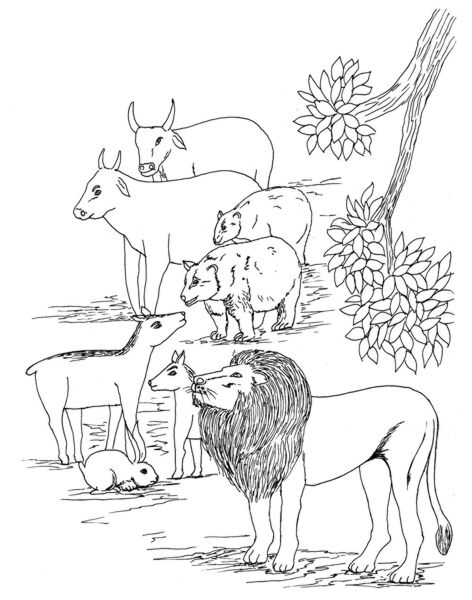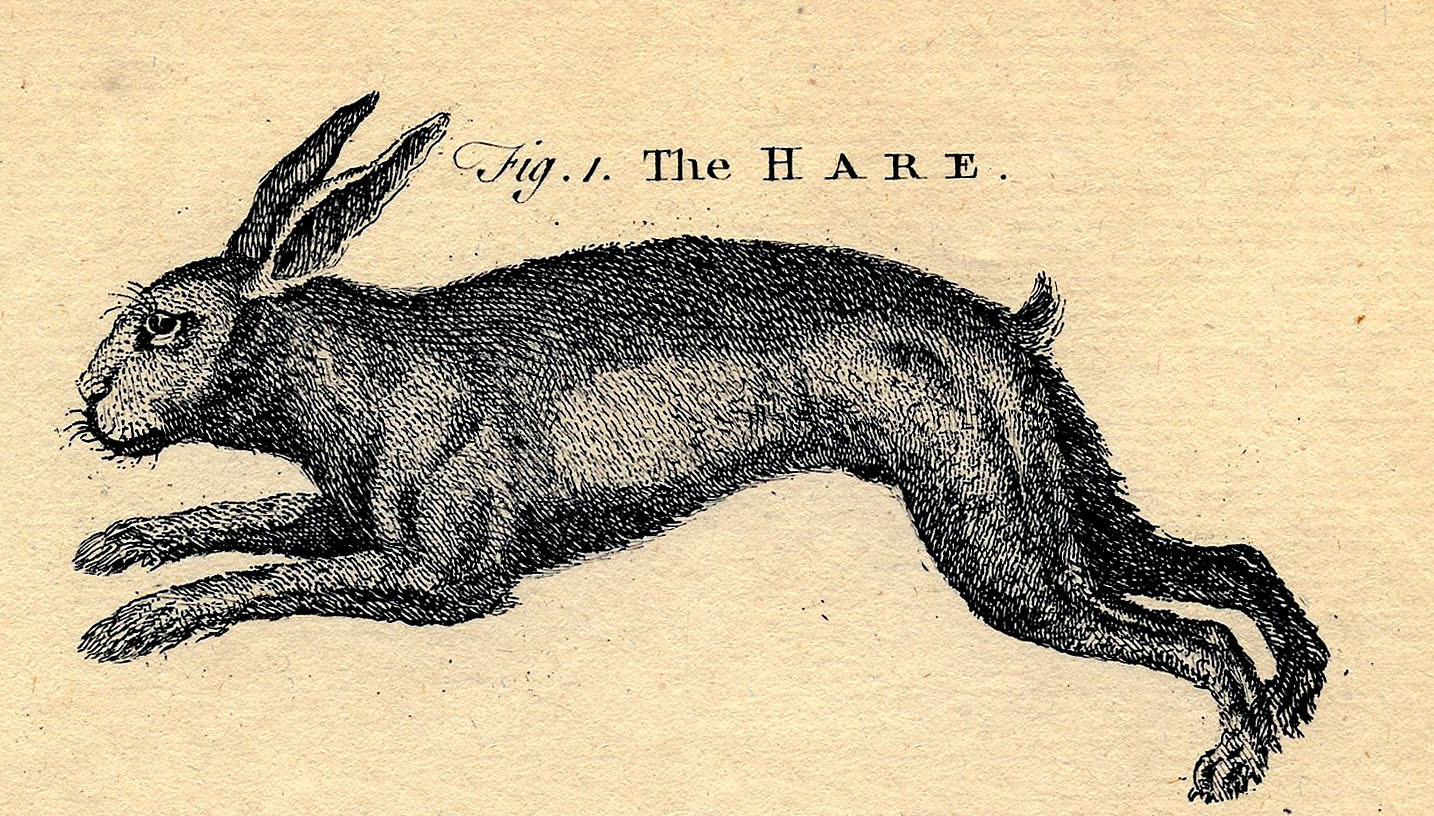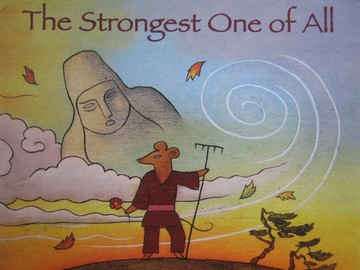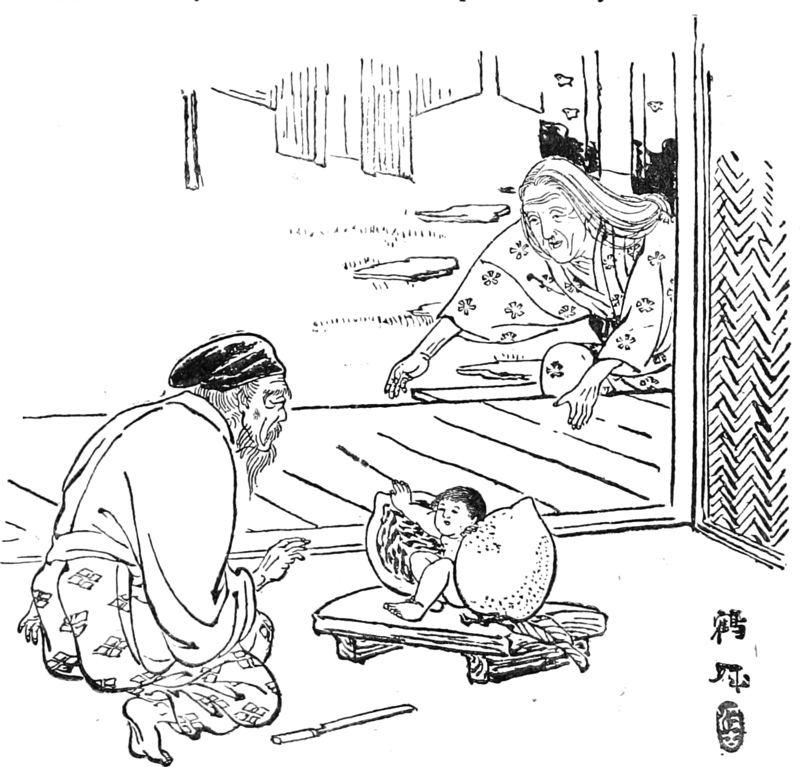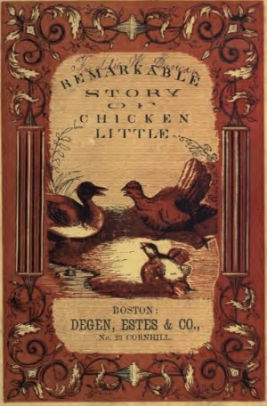Sometimes there are many words that mean pretty much the same thing. Look at the word “pants” as an example: We call them pants, slacks, trousers, jeans, pantaloons, leggings, and even scrubs. They can be a little different – slacks are dressier than jeans, which are casual, and pantaloons are […]
Stories
Hares seem to have a prominent place in folk literature. In addition to the Turkish story of The Three Hares that I shared earlier, several of Aesop’s fables use hares as a character – the most famous being The Tortoise and the Hare – and several of the Jataka Tales […]
There is something magical about the number three. It occurs repeatedly in folktales and fairy tales, and there is a literary “rule of three” as well as a visual one in art and photography. The story of the Three Little Pigs is full of it – first there are three […]
What is strong? Well, that might depend on one’s perspective! In a Korean folktale, a rat family seeks to marry a daughter to the strongest one, yet they find that strength isn’t always found where one expects it. Stories about the strongest one are found in many cultures, from Lapland […]
An amazing online resource is the University of South Florida’s Lit2Go collection of online stories, poems, folktales, and more. The materials may be read or listened to online, or downloaded and printed out. It’s a great resource for those who like to listen and follow the text as a learning […]
The story of the little chick who panics has long been a childhood classic in America and elsewhere. It is satirical – see the post from Friday, April 10,for more on satire – and it is a cumulative tale – a story that builds upon repetition, “accumulating,” if you will, […]
Hans Christian Andersen wrote literary fairy tales in his home country of Denmark during the early 19th century. What is the difference between a literary fairy tale and a folktale? A folktale comes from the oral tradition, a story told from generation to generation. A literary fairy tale is the […]





